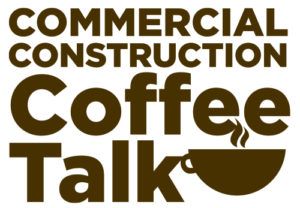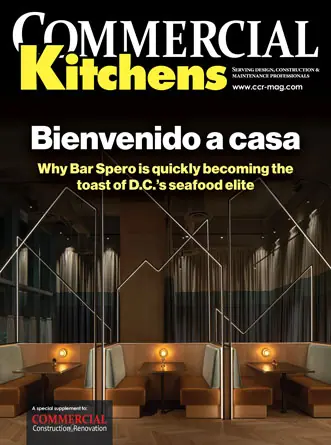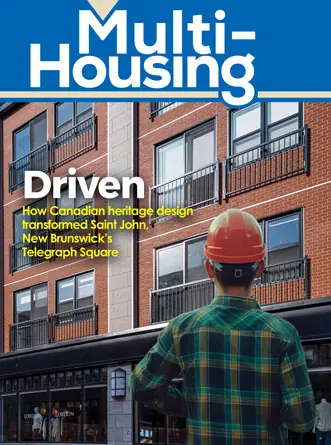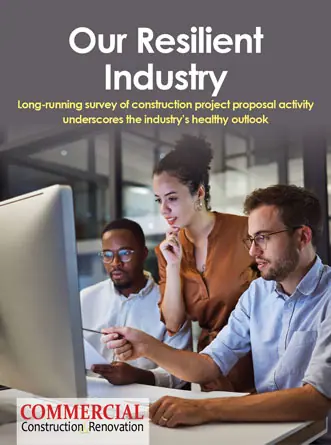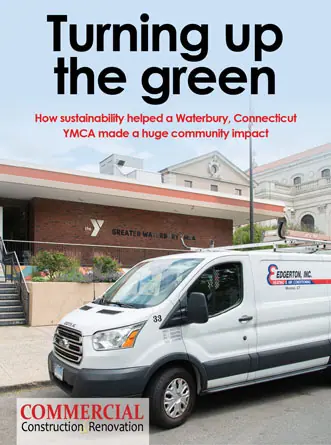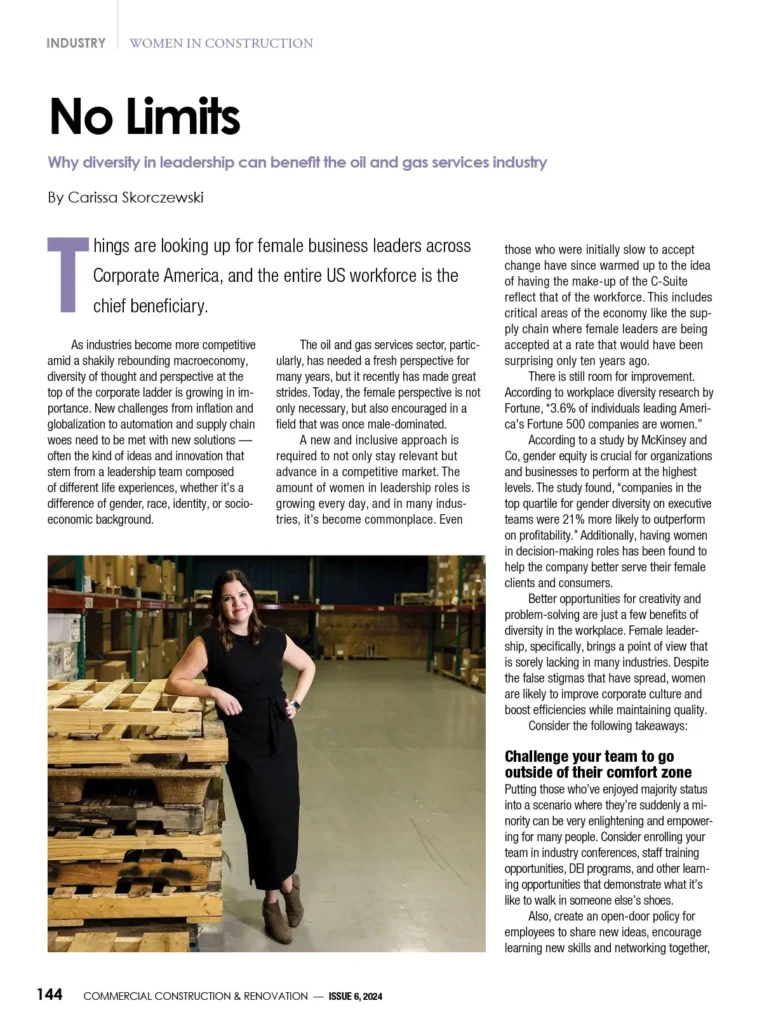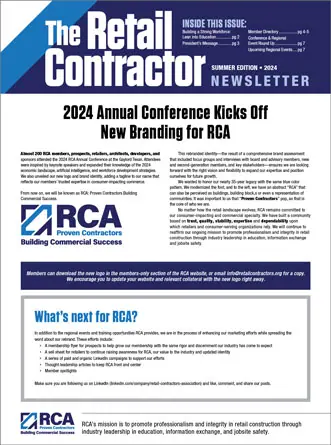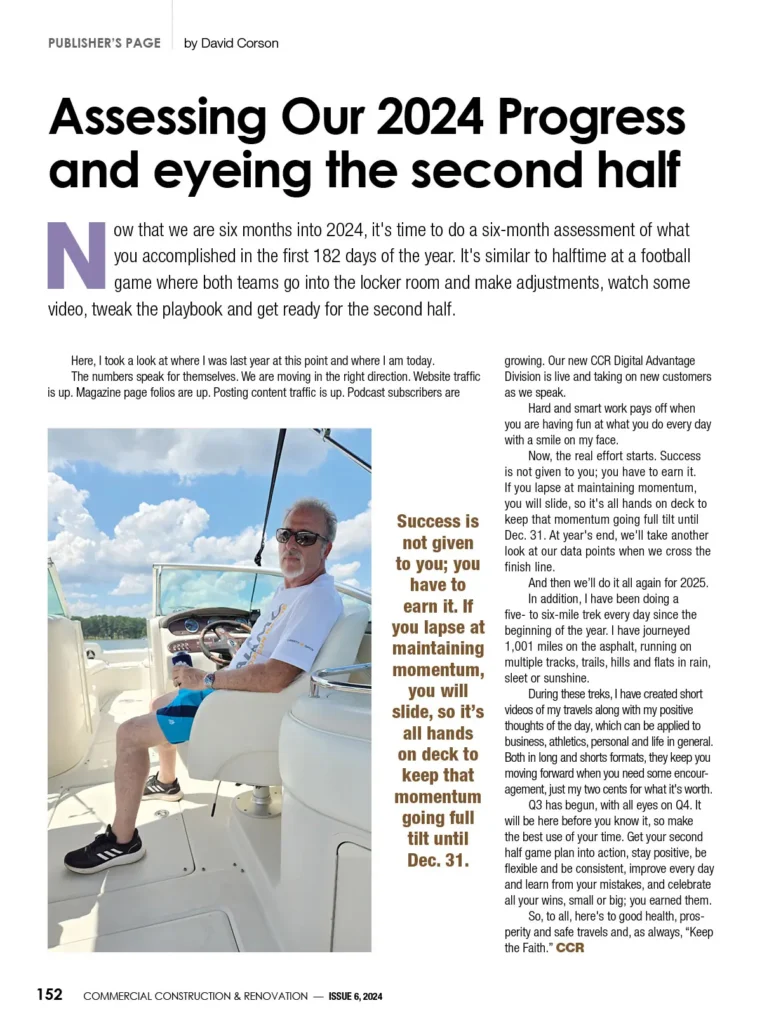Most construction projects are complex and involve several parties. Disputes may arise concerning various aspects like contractual obligations, damaged property or equipment, quality of work, site accidents, and many others. And it doesn’t matter whether the general contractor or client makes a significant claim or a third-party files a lawsuit in a small claims court, the overall effect is still negative.
So, how do you prevent such issues from paralyzing a project or even sending you into bankruptcy?
To be forewarned is to be forearmed, and the first step is to be aware of the common types of lawsuits. Then check how vulnerable your project is, and craft a strategy to safeguard it. Let’s dig a little deeper and learn how common construction lawsuits come about and how to mitigate them.
1. Disputes about the scope of work
One of the most common construction project lawsuits involves differences concerning the scope of work. You may have a contract, but if it gives general terms, it will allow room for different interpretations by the parties involved. The contractor and client may differ and have varying expectations on how to do the work and what the outcome should look like. Scope of work disputes also often develop between contractors and subcontractors.
2. Differing site conditions claims
Both the client and contractor (or contractor and subcontractor) must be aware of the site condition and confirm that it matches what is in the contract. Any differences are opportunities for disputes. For example, if the description is that the site is a plain grass field, and the contractor finds a marsh or a sandpit within the area – more expensive to build – the contractor could file a claim.
3. Construction delay claims
Due to unforeseen circumstances and complexities of a construction project, delays are almost inevitable. Consequently, there could be a disruption of schedules which could result in financial loss, especially on the side of the client or contractor. You may have your top team working on a project, performing their A-game. However, issues like bad weather or delayed permits and approvals are often out of our hands. They could trigger expensive insurance claims and litigation.
4. Damage claims
You could damage or deface property, especially when renovating or modernizing, and the client may file a damage claim. The same could happen if the subcontractor caused the damage. And if they do not have insurance coverage, you might just end up meeting the repair costs.
In the same way, if you have hired tools and equipment for the project, the vendor might hold you liable for any damage and losses they may incur. Thus, it is crucial for the contract to be crystal about who bears responsibility for such damage or loss.
5. Disputes over construction defects
Large construction projects often involve many parties. There can be a communication breakdown between the parties about supplies or mistakes in the building process. Such breakdowns often result in construction defects or substandard work – a recipe for disputes. A client can file a claim if something goes wrong and causes a defect or problem.
In the same way, a contractor can claim against a subcontractor for defects and substandard work.
6. Price acceleration claims
When the project budget inflates due to factors not considered in the contract, a client can file a claim since they are the ones who often carry the costs. For example, if the client pushes to complete the project on time or earlier, but this inflates the budget, the client can file a claim for the extra costs. The contract should give realistic timelines and provide clauses for changes and who bears responsibility or any additional cost.
7. Contractor pollution liability
In the process of construction, the contractor could infringe on another property and deface it or damage it. In such a case, the aggrieved party can file a claim for the clean-up or repair costs. The construction project could, for instance, cause unprecedented environmental damage. In such a case, you may need a formidable legal defense to get you off the hook or soften the impact.

Lastly, the one thing to do to mitigate construction lawsuits
It would be naive to think that you can prevent all construction lawsuits. But you can take a more pragmatic approach – anticipate and manage them to minimize their impact on your project. According to the Global Construction Disputes Report 2021, the top cause for construction disputes was owner/contractor/subcontractor misunderstanding or not following contractual obligations. Therefore, having clear, strong-worded contracts and the right legal advice is crucial in your endeavor to mitigate construction lawsuits. Also, ensure that contracts state insurance requirements so that if you must take a hit, at least there will be a safety net.
*Featured Image Photo by Clem Onojeghuo on Unsplash








 The 2024 virtual Men’s Round Table will be held Q4, 2024, date TBD.
The 2024 virtual Men’s Round Table will be held Q4, 2024, date TBD.
